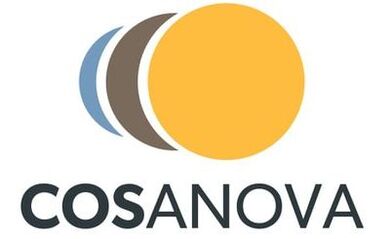NOAA Calibration Gas
High-pressure cylinders containing real air with measured COS mole fractions are available from the NOAA lab in Colorado. Typically tanks can be provided within a few months of an order, though contamination issues with pumps and other issues have caused much longer delays in the past. S. Montzka pointed out that COS mole fractions in these high pressure cylinders of real air can change significantly over time, so users of these tanks need to be aware of this and consider appropriate checks on the stability in their calibration tanks over time. Smaller drifts are typically seen in high pressure, humidified stainless steel cylinders from Essex, although these cylinders are quite a bit more expensive than the alternative, which are treated aluminum cylinders. NOAA offers one free recalibration of COS in tanks that they supply and calibrate. Subsequent calibrations can also be provided with a small additional fee.
Secondary Standards
When making secondary standards, M. Berkelhammer found that compressing a silica-lined SS flask rated to 1800 psi (Swagelok) with ambient air allowed for a stable COS-concentration air stream. If a SCUBA shop is used to compress the flask in the field, the rubber in the SCUBA compressor pump will result in an elevated, but consistent, level of COS. See Methods>Flasks for more information on flask materials.
